Day lily hybrid Mix color bulb pack of 5 bulb color not confirm
₹249.00
Out of stock
Email when stock available
Day lily bulb Description for Hemerocallis, Day Lily Hybrid (Mix Color)
Day lily bulb These hearty bulbs are easy to grow and require minimal care, provided that you plant them in the right place. At home in both formal and naturalistic settings, lilies also most take readily to containers. Plus, they all make wonderful cut flowers! Daylilies are clump-forming perennials with arching, grasslike or straplike leaves. All the leaves arise from the base of the plant in two opposing ranks, resulting in a fan-like appearance.
| Common name | Flower colours | Bloom time | Height | Difficulty |
|---|---|---|---|---|
| Tawny Daylily, Tiger Lily | Varies | Summer | 2.5 to 3 feet | Easy to grow |
Planting and care
Select a site that gets full sun. For dependable blooms, lilies need six to eight hours of direct sunlight a day. If it is too shady, the stems will attempt to lean towards the sun or get spindly and fall over. dig a hole deep and wide enough to accommodate the roots. Firm the soil around the crown, pressing down with both hands.
| Sunlight | Soil | Water | Temperature | Fertilizer |
|---|---|---|---|---|
| Full Sun to Partial Shade | Well-drained loamy soil | Medium | 13 to 24 C | Apply any organic fertilizer |
How much sun does a daylily need?
The amount of bloom is proportional to the amount of sun. In other words, the more sun the more blooms; but daylilies will grow in any light condition. A half day of afternoon sun is almost as good as a full day of sun. When choosing a location for them, consider how much of the day they would have direct sunlight. The midday and early afternoon sun is the strongest, but morning sun is usually adequate for a good show.
What kind of soil is best for daylilies?
Almost any soil will grow daylilies, but the better the soil the better the performance. Soil should be friable and humus rich with a balanced pH. Use compost for soil amendments and lightly fertilize occasionally, at least every spring.
Be the first to review “Day lily hybrid Mix color bulb pack of 5 bulb color not confirm” Cancel reply
You must be logged in to post a review.



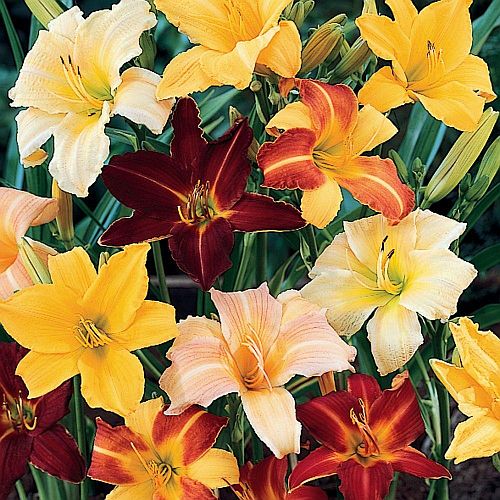
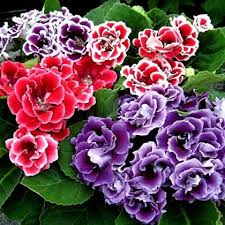

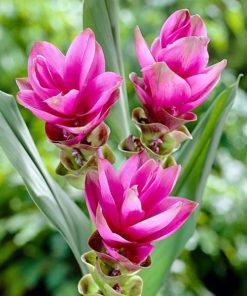
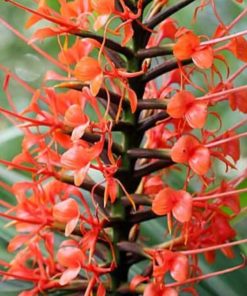
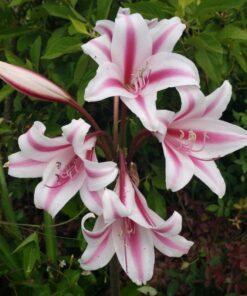
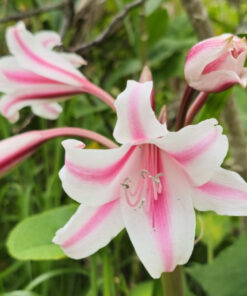
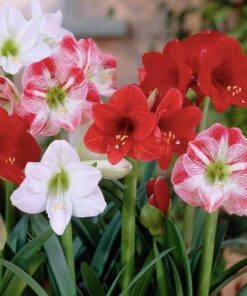

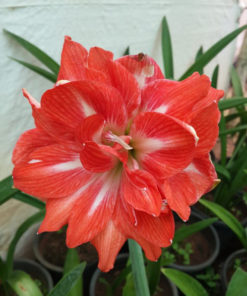
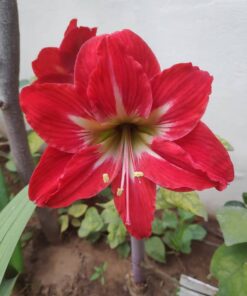
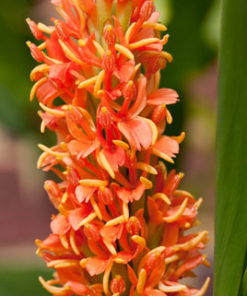
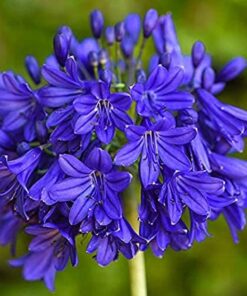
Reviews
There are no reviews yet.